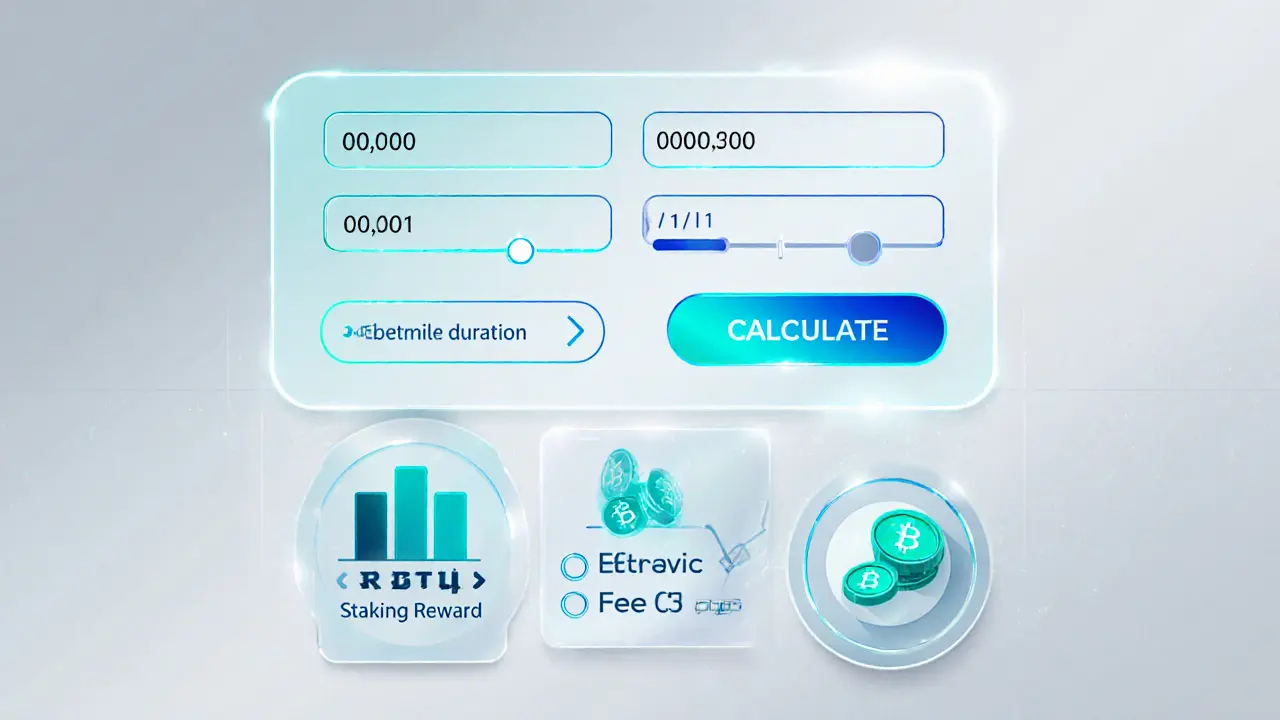ORDER Token – Overview, Tokenomics & How to Trade
When dealing with ORDER token, a utility token built on the Ethereum blockchain that aims to power decentralized finance applications. Also known as ORD, it serves as a governance and fee‑payment instrument within its own ecosystem. If you’re hunting for the latest ORDER token news, you’re in the right spot. The token’s core goal is to let holders vote on protocol upgrades, earn staking rewards, and pay lower fees on partner services. All of that hinges on solid token design, which is why understanding its building blocks matters before you move any funds.
Key building blocks and where the token lives
The ORDER token follows the ERC-20 token standard, a set of rules that define how tokens are transferred, how balances are queried, and how approvals work. Because ERC‑20 is accepted by virtually every Ethereum wallet, you can store ORDER in MetaMask, Trust Wallet, or hardware devices without extra steps. This compatibility opens the door to listing on crypto exchanges, platforms where traders can buy, sell, or provide liquidity for the token. Whether you prefer a centralized hub like Binance or a decentralized swap such as Uniswap, the token’s ERC‑20 nature guarantees smooth deposits and withdrawals.
Beyond basic transfers, the token’s economics are laid out in its tokenomics. The total supply caps at 100 million ORDER, with 40 % allocated to community incentives, 30 % to development, 20 % to liquidity pools, and 10 % reserved for future partnerships. A modest 2 % transaction tax funds the liquidity reserve and a burn mechanism that reduces supply over time, aiming to create upward price pressure as adoption grows. These details matter because they dictate how rewards are distributed, how much pressure is put on the market, and what long‑term value holders can expect.
One of the most enticing ways to get started is the periodic crypto airdrop, a free distribution of tokens to eligible community members, often tied to staking or referral actions. Recent ORDER airdrop rounds required participants to hold at least 100 ORDER in a supported wallet and complete a short KYC flow. Successful claimants received anywhere from 0.5 % to 2 % of the airdrop pool, instantly boosting their stake without buying on the open market. Keeping an eye on official channels ensures you don’t miss future drops, which can act as a low‑cost entry point before the token gains broader exchange exposure.
All these pieces—ERC‑20 compatibility, clear tokenomics, exchange listings, and regular airdrops—fit together like a puzzle. Below you’ll find a curated set of articles that dive deeper into each aspect: from step‑by‑step guides on how to list ORDER on a DEX, to detailed breakdowns of its fee structure, to real‑world examples of how the community has leveraged airdrops for growth. Explore the collection to arm yourself with the knowledge you need before you trade, stake, or vote on the ORDER token.

Orderly (ORDER) Crypto Coin Explained - What It Is and How It Works
Dec 9, 2024, Posted by Ronan Caverly
Explore Orderly (ORDER) crypto coin: its purpose, architecture, token utilities, security features, market position, and how to buy and stake it in 2025.
MORESEARCH HERE
Categories
TAGS
- decentralized exchange
- crypto exchange review
- cryptocurrency
- crypto coin
- CoinMarketCap airdrop
- smart contracts
- tokenomics
- cryptocurrency exchange safety
- crypto exchange
- cryptocurrency airdrop
- crypto airdrop
- cryptocurrency exchange
- crypto airdrop guide
- blockchain token distribution
- DeFi
- crypto exchange scam
- crypto airdrop 2025
- Ethereum
- cross-chain interoperability
- ERC-20
